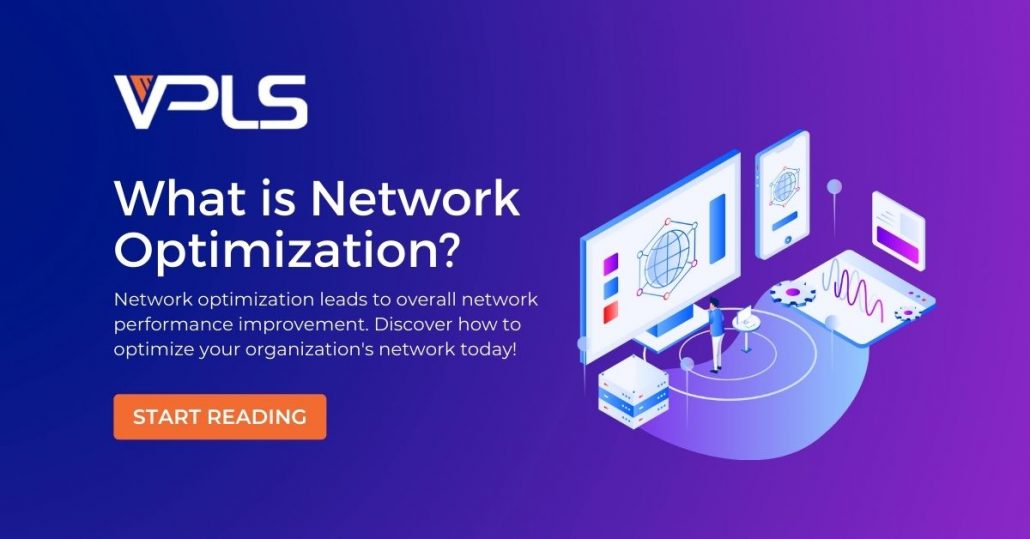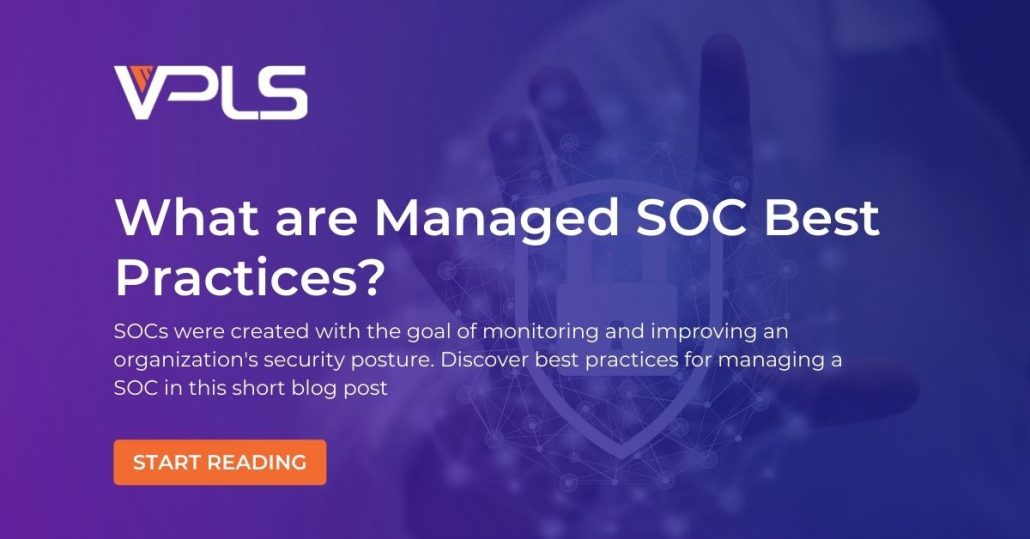What is Network Optimization?
Published
Written by
Filed under
Computer network optimization refers to a set of practices that information technology (IT) professionals use to improve an enterprise’s performance. We’ll cover some of the factors that can inhibit network performance, as well as the benefits of network optimization.
What is Network Optimization? How it Helps
Network optimization is a process that can improve network performance and productivity for businesses of all sizes.
This includes scanning for network bottlenecks, identifying network vulnerabilities, and prioritizing network activity to ensure the most important data gets through first. Network optimization also involves optimizing network hardware such as routers, switches, and firewalls to reduce latency or packet loss.
Network optimization leads to overall network performance improvement, which is vital at any scale.
The network vendor provides various types of network services, such as scanning for network bottlenecks, identifying network vulnerabilities and bottleneck problems, prioritizing important data packets so they get through first, optimizing hardware devices (routers/switches/firewalls) to reduce latency or packet loss, network consulting, and network optimization services.
Issues That Can Affect Network Functionality
Computer networks are elaborate structures and can require a high level of sophistication if you have tools to support remote work, such as virtual desktop infrastructure (VDI) or cloud computing. And many factors can affect a network’s performance, such as:
- The number of devices on your network, including desktops, laptops, tablets, and mobile phones
- The number of end users, or people, connecting to the network through a device
- Hardware issues, such as damaged or defective network cables
- Insufficient bandwidth
Poor network configuration or design - High amounts of network traffic
Measuring Network Performance
Network performance is assessed by measuring a few key indicators of speed and effectiveness. These include the following:
Bandwidth: This is a measure of capability. The maximum amount of data that can be transmitted is a network’s bandwidth.
Jitter: Data is sent across a network in groups called “packets.” Jitter is when packets flow unevenly, meaning the amount of time it takes for data to travel is inconsistent.
Round-trip time (RTT): RTT measures the amount of time it takes for a piece of data to travel from its source to its destination, and back again.
Latency: Essentially one half of RTT, latency is the time required for data to travel across a network from its source to a destination.
Packet errors or loss: Packet errors occur when network packets are incorrectly formatted. If a packet does not reach its destination, it is referred to as packet loss.
A qualified service provider can implement network optimization procedures at your enterprise including maintenance, network protocols, and hardware and software upgrades. These could include:
- Data caching
- Tuning router buffers
- Prioritizing latency-sensitive applications through Quality of Service (QoS)
- Using a network cable tester
- Switching to a software-defined wide area network (SD-WAN)
How Network Optimization Helps Businesses
Network optimization helps businesses keep their data safe, flowing smoothly, and working efficiently. Network optimization services can eliminate many costly factors that lead to poor performance across the board.
All businesses rely on networks to run their systems, and this dependency will only increase over time. If network connectivity becomes too slow, network security breaches increase. If network performance is poor, productivity decreases, and business response times are delayed.
These issues, if untreated, can cause network ripple effects that could potentially cost millions to fix. The strategy behind employing a high-quality network optimization service provider is identifying potential problems before they escalate and solving them.
Businesses frequently operate with razor-thin margins, but all too often, network vulnerabilities are ignored. To ensure that these vulnerabilities are identified, it’s crucial to get the right team on board sooner rather than later.
Better UX: If you have a public-facing network, optimization will help keep your customers satisfied by supporting a positive user experience. Slow loading times or poor functionality will frustrate users, while fast speeds will help to keep them on your site and build confidence in your brand — and potentially increase your profits.
Better productivity: Similarly, a fast and reliable network will keep your employees happy. High-quality video streams and fast file downloads and transfers make it easier for employees to do their jobs efficiently. It also minimizes time spent on troubleshooting and reconnecting. Plus, your IT team will spend less time and money responding to support requests, allowing them to focus on other priorities.
Better return on investment (ROI): Network infrastructure is a significant capital expense, and replacing it can be costly. Network optimization can improve the performance of your existing infrastructure, meaning you see a higher ROI.
Better security and analytics: With a more reliable network, it’s easier to detect unusual activity that could pose a security threat. Your network performance monitoring tools can function with a higher degree of accuracy, allowing you to use data insights to identify potential cybersecurity attacks. Analytics also help you understand your network usage, helping you to accurately forecast your needs as your business grows.
Better team structures: With an optimized network, it’s easier for end-users to complete tasks and connect with colleagues, no matter where they are. A well-functioning network allows for a flexible, more effective workflow as distributed, remote teams become increasingly common.
How to Identify Network Vulnerabilities
A good network optimization service provider can identify vulnerabilities quickly before they escalate to bigger problems. There are a variety of network vulnerability tests that can be performed to identify network problems. Your service provider will perform these tests, analyze the results, and optimize your network based on what the results tell them.
One simple test is the ping packet, which sends out packets with a unique ID and times how long it takes for them to return.
If they take too long or never come back, there might be an issue with your network segment.
Another type of network security assessment called deep packet inspection will look at all data going through the network looking for viruses and other types of malware by inspecting each individual packet as it passes through the system.
Network Optimization Procedures & Protocols
Many network optimization procedures revolve around optimizing bandwidth utilization across networks in order to ensure maximum performance without sacrificing speed or quality-of-service guarantees (QoS).
QoS refers to network features and functions designed to guarantee network performance levels for specific types of network traffic, such as voice.
Network optimization is often something that network engineers will work on all the time at an ISP or enterprise network engineering company. Every day, network engineers are looking for ways to optimize their current networks because every network has a limited amount of capacity and bandwidth that they can handle before one segment starts taking too much from another segment which causes it to slow down dramatically.
Each of these network optimization steps requires a dedicated service team who knows how to implement network optimization procedures and handles network equipment installation, maintenance, upgrades, and security updates.
Network optimizations are worthwhile for any business that needs uninterrupted network performance with very high bandwidth at low cost because it is a continuous process of identifying potential network inefficiencies so they can be addressed before the network has problems.
Traditional networks are designed on assumptions about workloads but modern networks need to be able to dynamically adjust their behavior based on changing load conditions. This requires ongoing communication between the network managers and administrators as well as continual monitoring of all infrastructure components including routers, switches, servers, and storage devices.
Since there’s no one-size-fits-all solution when implementing network optimization techniques or protocols across different types of organizations, service providers are crucial here.
With world-class network optimization services from VPLS, businesses can ensure that the processes run smoothly.
VPLS has over 20 years of experience at all levels of network optimization, for small, medium, and enterprise businesses. We provide a wide range of services, customized to meet the needs of our clients no matter what the scope is.
From colocation to cloud services to managed network services and beyond, VPLS is your one-stop-shop for network optimization. Call us today and find out how we can help you and your business achieve success!
To learn more about our managed network services, or to schedule a discovery call, call us at (888) 365-2656 or contact us here!























